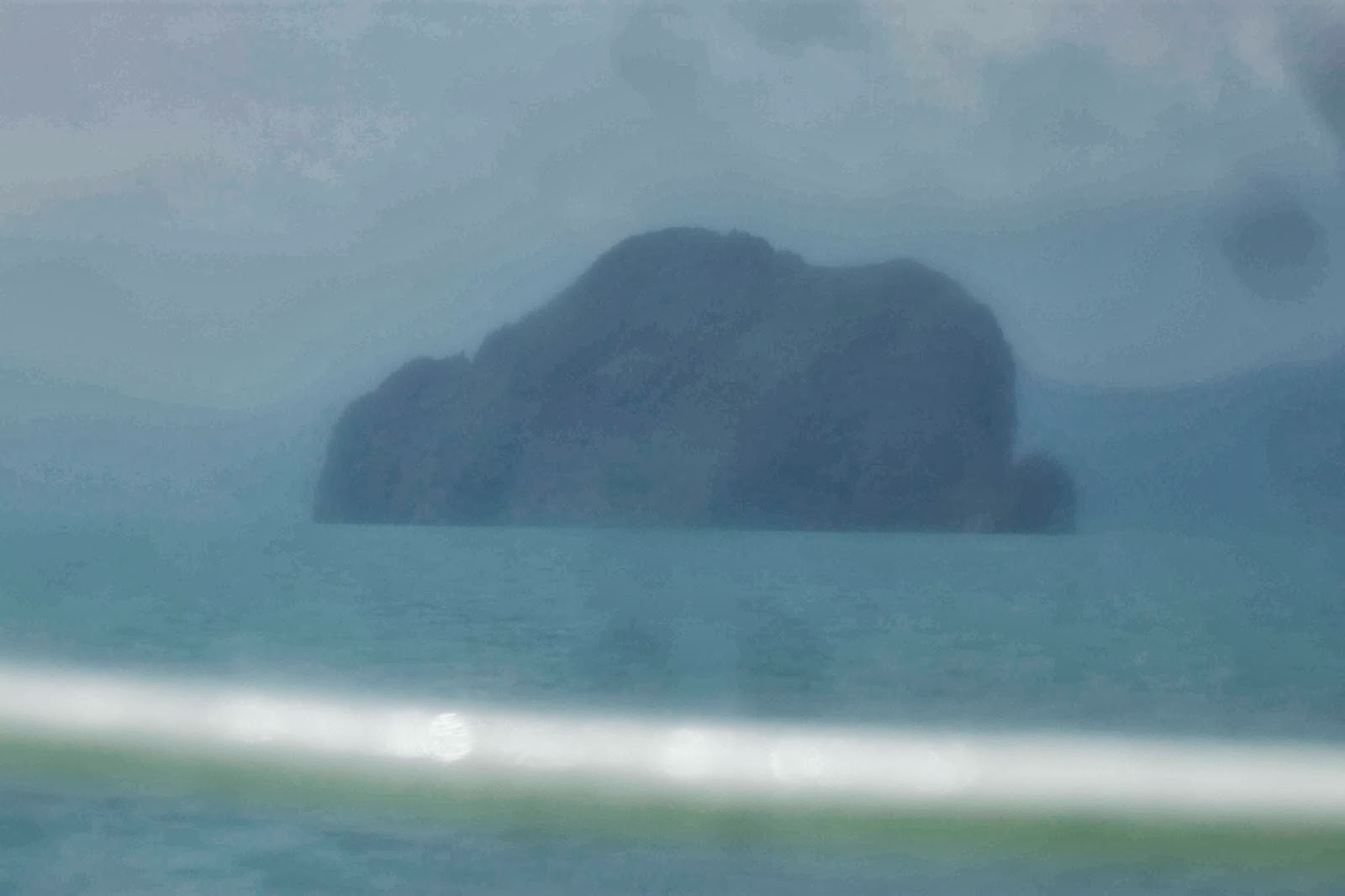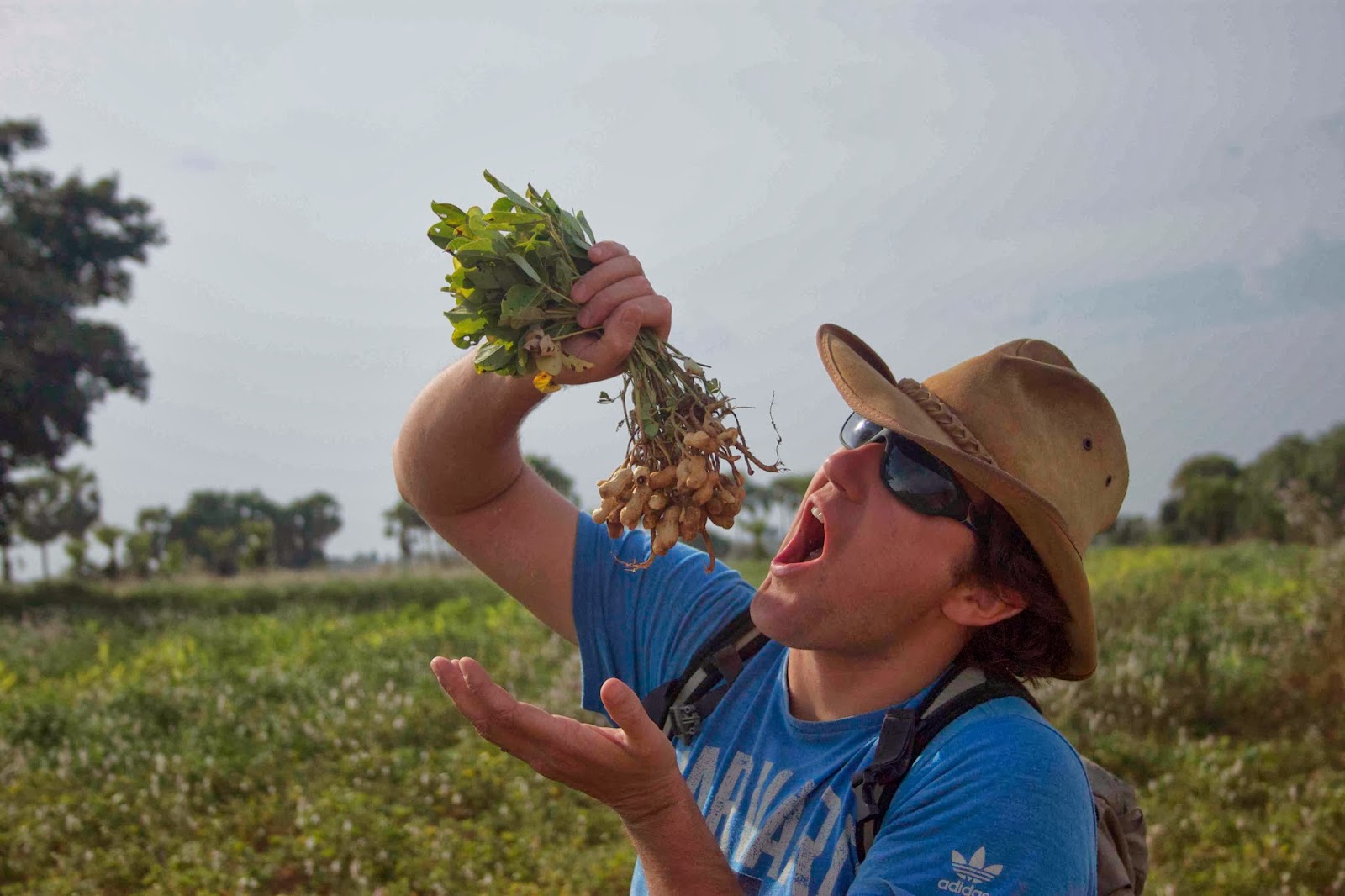Burma, or Myanmar, was an almost unknown to us as we boarded our
flight at Bangkok Don Muang airport headed for Mandalay. We were pretty
ignorant with the exception of our pirated Lonely Planet guidebook found on an
island in south Thailand and the UK news coverage of “The Lady”, Aung San Suu Kyi under house arrest for so many years. What we found during our 3 weeks is a
country of vast contrasts in terms of geography, culture, history, wealth,
climate and fortune. But a country united by religion and, amongst the people
at least, a wish for democracy and for The Lady to return.
Burma gained independence from the British in 1948 however the
military took over in 1962 and ruled the country for 50 years through fear
and terror. Even now elements in the north east of the country still rebel
against the government, they have done for decades, fighting a guerrilla war in
the forests and mountains of Shan state. When we were there, trekking in the
hills, we heard artillery fire in the distance, a battle between the Shan army
and government forces. Our guide said the Shan rebels still come to the villages
in the hills to recruit young men. This is one of the reasons why foreigner
travel within Burma has been so restricted over the years and in the northern
states is still very limited.
However, as you travel through this vast country you can feel the
political change in the air. Aung San Suu Kyi is free and part of the political
process again, there are pictures of her everywhere, every home, bar,
restaurant and shop. People won’t talk politics, they’re still too afraid, but
they will talk about The Lady and the forthcoming elections next year. We felt
we couldn’t really ask people about the past, but those who did volunteer
information just spoke of hardship, poverty and fear. Everyone however is
positive about the future, a democracy, tourism, international trade with
countries other than China and unrestricted travel nationally and
internationally for its citizens.
Myanmar prides itself as being one of the most Buddhist countries in
the world, there are stupas and monasteries wherever you look, every village,
town, city and prominent hill is covered with them. It is compulsory for every
male to spend time as a monk, either for a few days or as long as a lifetime.
Women too can be nuns, although this is not compulsory but is certainly
praised. Monks and nuns are treated as first class citizens, getting the best
seats on buses, boats, trains and planes, there own waiting areas, people give
up their seats in the shade for them and they live off food donated by the
people. It is a real honour and matter
of great pride to have a monk or nun in the family. Buddhism is everywhere and
the approach to life in general is a Buddhist one, once a buffalo or ox is too
old to work the fields it is released into the forest to live out its days
rather than end up on the family’s dinner table.
We timed our visit well, only 2 states had major restrictions on
foreigner travel and we were able to go most places we pleased by boat, bus,
train and plane. Everywhere we went we found smiles and waves and shouts of “Mingalabar”
Hello!
Wherever we travelled in Burma we felt safe, whether waiting for a
bus at 5am in downtown Mandalay, arriving at a train station in Shwebo at 1am
or traipsing through the backstreets of china town in Yangon. Crime here is
very low and people are genuinely happy to meet foreigners, practice their
English and help you out wherever you are or need to go. It is a country full
of diverse cultures and beautiful scenery, from the high Himalayas in the north
to the tropical beaches of the south.
The Shan people were probably the friendliest, they had the biggest
smiles and cooked the best food, their rice noodle soup was fantastic. They’re
actually related to the Thais, their name comes from the old name for Thailand,
Siam. The Shan hill tribes around Hsipaw, their tea plantations and farms were
a real highlight of the trip.
In Pyin Oo Lwin, formerly known as May Town, we saw the finest
remains of the old colonial hill station from where North Burma was governed
during the hot summer months. The old Victorian teak houses, red brick churches
and traditional horse and cart taxis are all that remain of that bygonne era.
The vineyards planted towards then end of colonial rule, thanks to recent
French expat influence, are starting to flourish and along with the local fruit
wines it wont be long before Myanmar wine hits the international market.
Spending 3 days drifting south on the Ayerawaddy river provided us
with a glimpse into the real rural Burma, away from the roads and few tourist
traps. Mixing and chatting with locals, staying in isolated villages where the
river is their only lifeline to the outside world. A life of buffalo, oxen,
tilling the fields and following the cycle of the river. The Ayerwaddy is to
Burma what the Ganges is to India and Bangladesh, the Mekong to Vietnam and the
Nile to Egypt. It is everything, transport, water, food, latrine, waste
disposal, fertiliser, fortune, lifeline – everything. Sadly it is so polluted
with sewage, litter, fuel and now the by-product from gold mining that how fish
survive in its murky brown waters is a mystery. It is refered to as the brown
python that snakes its way south through the heart of the country, but unless
something is done quickly to curb its pollution this snake may turn into Ouroboros and consume itself and everyone else with it!
We visited 3 of the previous 5 capitals of the last 1000 years of
Myanmar history, each with their own style of architecture and living, but all
displaying the wealth that was once here with fertile soils, abundance of
water, regular rains, rich forests and mountains full of precious jewels.
Hopefully this new generation will rise up and restore wealth and prosperity to
this troubled land.




























